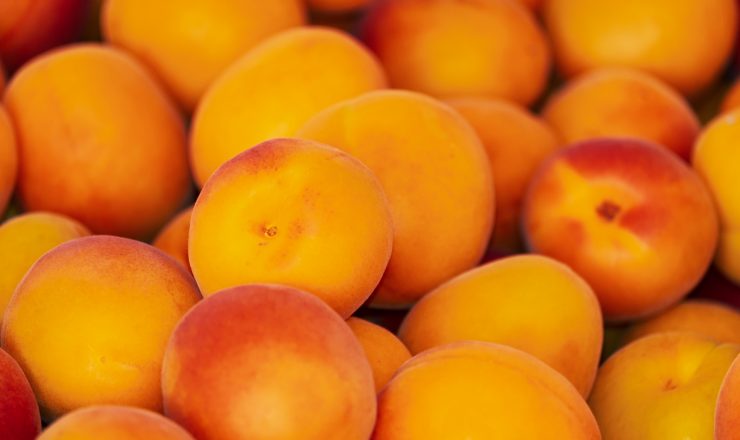The Benefits of Orange Peel and How to Eat It
When most people eat oranges, they throw the peel away. Could this be a mistake? There are several health benefits of the skin that are often overlooked.
What is the Orange Peel?
The orange peel is the outer rind or skin of the orange fruit. It surrounds the orange fruit and the white spongey pith material inside. What most people don’t know is that the peel is one of the best parts of the orange to eat.
Orange peels are high in certain phytochemicals, flavonoids, and antioxidants. They also provide Vitamins A, B, and C as well as calcium and magnesium. While eating the rind isn’t as enjoyable as eating the fruit itself, there are some clever ways to add it to your diet.
Orange Peel Benefits

Orange peels can offer several health benefits. This includes being dense in nutrients such as vitamin C and fiber. In fact, a single tablespoon of orange peel (6 grams) contains 14% of your daily vitamin C requirements, which is surprisingly three times higher than the inner fruit itself. The same serving of orange peel also packs four times more fiber. Fiber and vitamin C aid in cardiovascular and digestive health and may protect against certain types of cancer.
Orange peel also contains provitamin A, thiamine, riboflavin, vitamin B6, folate, calcium, and an ample amount of polyphenols.
Orange Peel Side Effects
While eating orange peel can have several benefits, there are also some drawbacks to be aware of:
Pesticides
Growers of citrus fruits like oranges often use pesticides as a way to combat mold and insects. Typically the inner-fruit is less exposed as the rind acts as a barrier. The peel often has a much higher level of detectable pesticides.
It’s always recommended to wash oranges thoroughly before eating them. This helps to reduce the intake of pesticides.
Digestive complications
Orange peel’s rich fiber content and solid texture makes it harder to digest. It is comparably thicker and harder to chew than the meat of the fruit. Consuming large pieces at a time may lead to digestive discomfort such as stomach cramps, bloating, and diarrhea.
It Tastes Bad
The inner-fruit is sweet, juicy, and delicious. While its peel tastes bland and bitter. It’s comparable to eating a piece of slightly-flavored soft cardboard. Not to mention, it’s also difficult to chew.
How to Eat Orange Peel

The simplest way to ingest orange peel is to simply eat it after you’ve peeled it from the fruit. It’s suggested to eat it in smaller quantities to prevent digestive issues as detailed above.
You can use a knife and cut the orange peel into strips for a salad or add it to a smoothie.
Alternatively, you can also combine them with snacks like marmalade, yogurt, muffins, or even oatmeal.
Remember, you should always wash fruit before consuming it. This is especially true if you plan on eating the peel.



